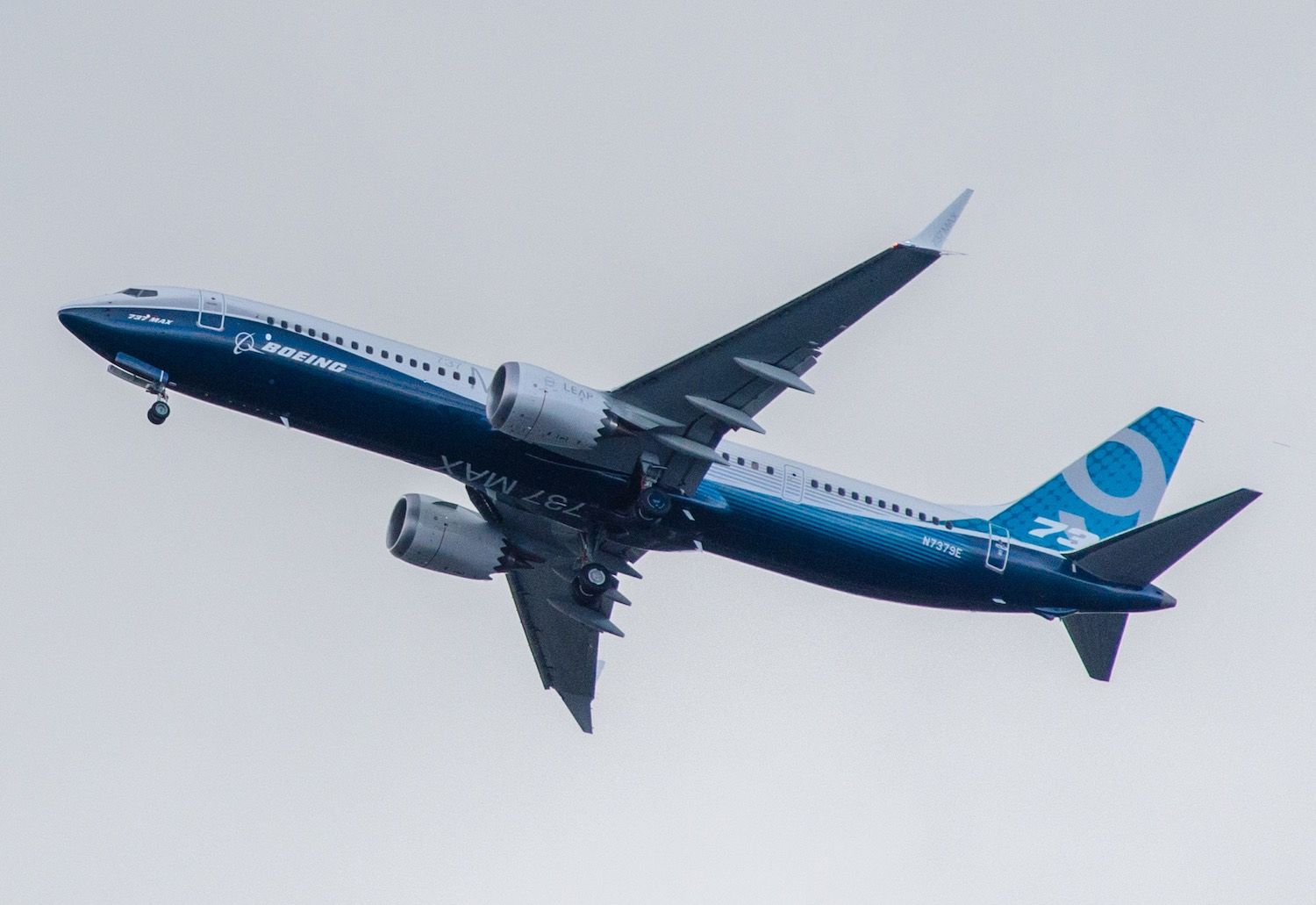Boeing has created a new safety committee to oversee both design and manufacturing in a move the company said reaffirms its “longstanding commitment to aerospace safety and the safety of its products and services.” Called the Aerospace Safety Committee (ASC), this permanent office will be headed by retired Admiral Edmund Giambastiani Jr., former vice chairman of the U.S. Joint Chiefs of Staff. The committee was approved by the Boeing board in August.
According to Boeing, “The committee’s primary responsibility is to oversee and ensure the safe design, development, manufacture, production, operation, maintenance and delivery of the company’s aerospace products and services.” Formation of the committee came as the company finished a five-month internal review of its “policies and processes for airplane design and development.” Among the recommendations are to create a Product and Services Safety organization that would report directly to upper management and the newly formed ASC; it would review “all aspects of product safety, including investigating cases of undue pressure and anonymous product and service safety concerns raised by employees.”
The board also recommended that Boeing’s ODA (Organization Designation Authorization) teams report up through the Product and Services Safety group, as would the internal Accident Investigation Team. Crucially, Boeing’s board is calling on the company to realign its engineering teams to report directly to the chief engineer. Boeing has been criticized as having shifted from an engineering-driven company to one where sales and marketing have tremendous influence; this change would be a visible move away from the status quo.
Boeing’s statement outlines several other changes in the company’s design and development structure, including a program “that would incorporate historical design materials, data and information, best practices, lessons learned and detailed after-action reports.” The board also wants Boeing to “partner with its airline customers and others in the industry to re-examine assumptions around flight deck design and operation.”
“The safety of the global aviation industry is rooted in its dedication to continuous improvement and learning,” says Giambastiani. “The independent committee review was extensive, rigorous and focused on delivering specific recommendations to ensure the highest levels of safety in Boeing airplanes and aerospace products and services and for all who fly on Boeing airplanes. The committee and the board believe these recommendations, along with actions already taken by the board, will strengthen engineering at the company, bolster the safety policies and procedures for the design, development and production of Boeing products and services, and further improve board and management oversight and accountability for safety not only at Boeing, but throughout the global aerospace industry.”
Meanwhile, Boeing announced this week that it would begin paying out “financial assistance” funds to families of the 346 victims killed in the two 737 MAX crashes that set the March grounding in motion. A total of $100 million has been set aside by Boeing, with $50 million going to families—amounting to $144,000 per victim—and the remaining $50 million to support the communities “impacted” by the Lion Air and Ethiopian Airlines accidents.
Also in recent MAX news are accusations from a whistleblower that the FAA provided misleading information to Congress regarding the qualifications of the agency’s safety inspectors working on the 737 MAX program. The U.S. Office of Special Counsel said that the “FAA’s official responses to Congress appear to have been misleading in their portrayal of FAA employee training and competency.” Among the accusations are that the FAA inspectors were not qualified to be part of the approval team.
On Monday, FAA head Steve Dickson’s opening comments to the ICAO meeting in Montreal included this: “The collaboration and transparency that has been so vital to our progress in understanding and responding to the 737 MAX accidents must continue as the world aviation community pursues new and more innovative ways to improve safety. Forums such as this week’s ICAO conference are vital to that ongoing exchange of ideas. As you make your own decisions about returning the MAX to service, we will continue to make available to you all that we have learned, all that we have done, and all of our assistance. You have my commitment on that.” Dickson has said he intends to fly the MAX personally before allowing it to be returned to service.




































Although good news, I would like to see Boeing and Airbus advocating airlines to stop nickle and diming flying safety, providing strong training, and hopefully put back aviation professionals at the top levels again. It seems there are more businessmen, lawyers, and communication experts at the helm these days. Although they are needed, I need balance, not a greed frenzy. I need to see energy efficiency, beefier safety training, easier to read fail safety emergency scripts, and while we’re at it, more human comfort. 🙂